Can we shift the fundamental question of planning from “should our neighborhoods change?” to “how should our neighborhoods change?”
After World War I, just as the petrochemical industry was hitting its golden age, the world embarked on a new experiment of linear urbanization. The need to support motorization meant buildings, streets and lots had to be designed, financed and constructed simultaneously. Modern urban planning was invented along with this process. Every part of a new neighborhood was standardized and codified to meet transportation and financing requirements.
The transition from nonlinear to linear urbanization started with streetcar-oriented suburbs but finished when the automobile was fully democratized. The last living examples of nonlinear urbanization are hence found just before, and they are dramatic to witness.
In this article I will explore the phenomenon of ecological succession and how it realizes itself in the context of nonlinear urbanization. With succession understood I then provide a critique of transect-based planning as a continuation of linear urbanization and propose a new way of drafting city plans based on random lifecycles.

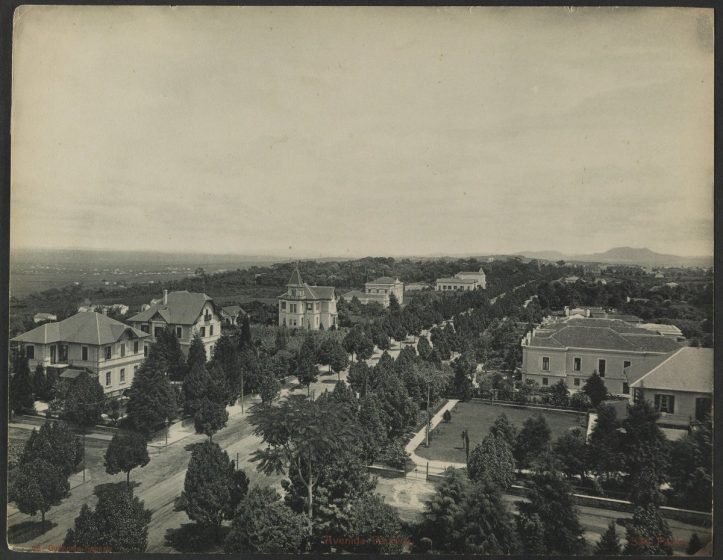
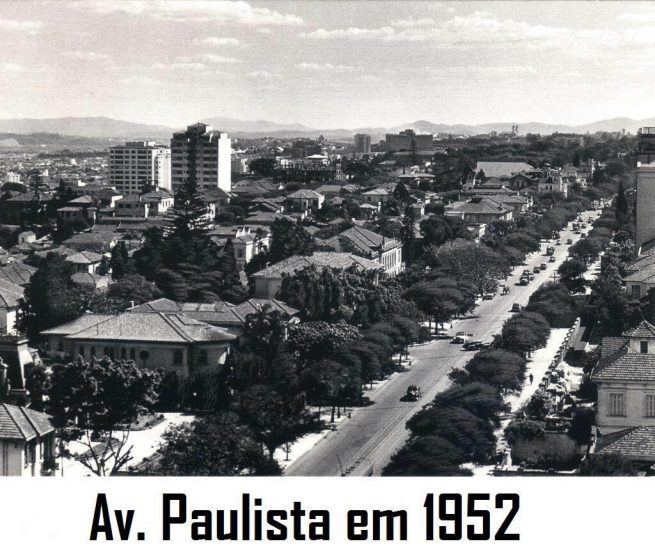

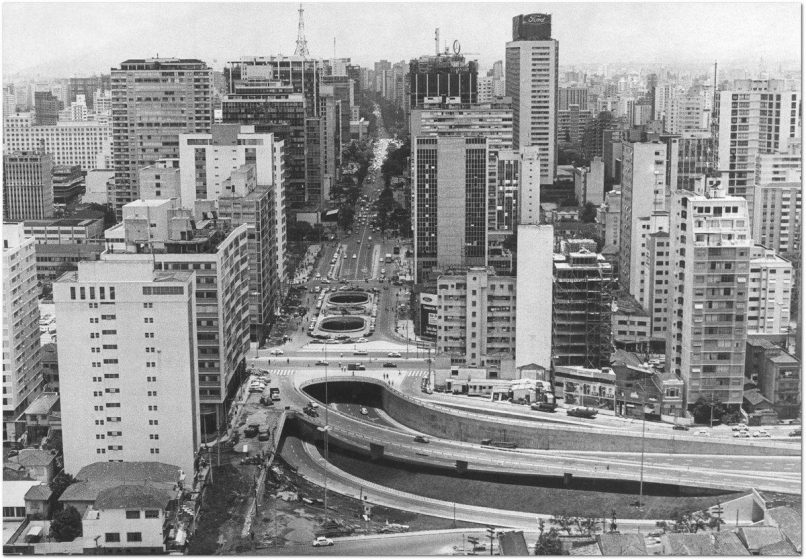
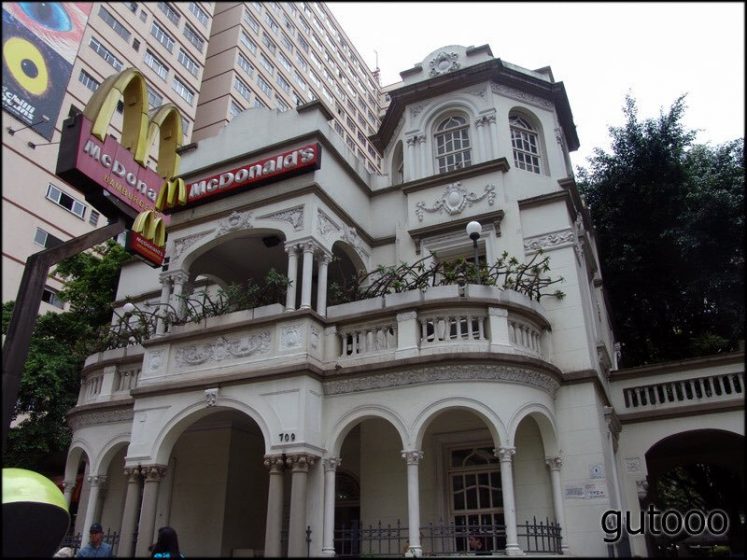
Defining succession
The main concept behind ecological succession is that an ecosystem complexifies when simple organisms complete their lifecycles and establish the conditions for higher-order organisms to thrive. One community thus follows another.
The successional economy is the entrepreneurial analog to a successional ecology. Small businesses in “emerging economies” create the capital and networks upon which larger companies form. It can also go the other way. For instance, there are businesses that can only emerge on the remains of larger defunct predecessors. The Belgo building was once a luxury department store, then a garment manufacture, and now is filled with art galleries, independent restaurants, a yoga studio, and various small offices. This was what Jane Jacobs meant when she wrote that neighborhoods need a mix of new and old buildings to be alive. Some businesses cannot survive in expensive new buildings, and some can only exist by recycling business failures.
The “retail apocalypse” currently shuttering malls and big box stores is the successional economy analogue to forest fires—extreme fragility linked together in catastrophic failures triggering an ecosystem “disturbance”, sending the ecology backwards in lifecycles.
A cycle of disturbance that sends an ecology backwards in successional communities ultimately ends with its return to a its climax community. Gentrification is tragically the end steady-state of disturbance-triggered economic succession, the trees slowly taking back the regenerating land, suffocating uncompetitive economic activities. Being strategically situated on Montreal’s downtown shopping artery, the Belgo building is being renovated for higher-tier retail such as bank branches. Gentrification is a natural and unavoidable process caused by the disturbance that precedes it, thus fighting it necessitates chaotic intentional disturbances (controlled burns) to maintain the status quo. Since new fires will get triggered in other economic sectors naturally, a city’s regenerative force should focus there first.
Against linear planning: the New Urbanism
Linear urbanization was intensely criticized just as it achieved increasing rates of growth and efficiency and came to dominate the landscape. It eventually standardized on a few widely-denounced but dominant typologies: housing subdivisions (whether of detached single-family houses or condominium towers), shopping centres, and business parks connected by arterial roads. What makes them financially successful is also what makes them so controversial: the larger the quantity of identical buildings sold, the more economical they are. This is the dominant pattern of the world’s fastest growing cities in China and the Middle East today.
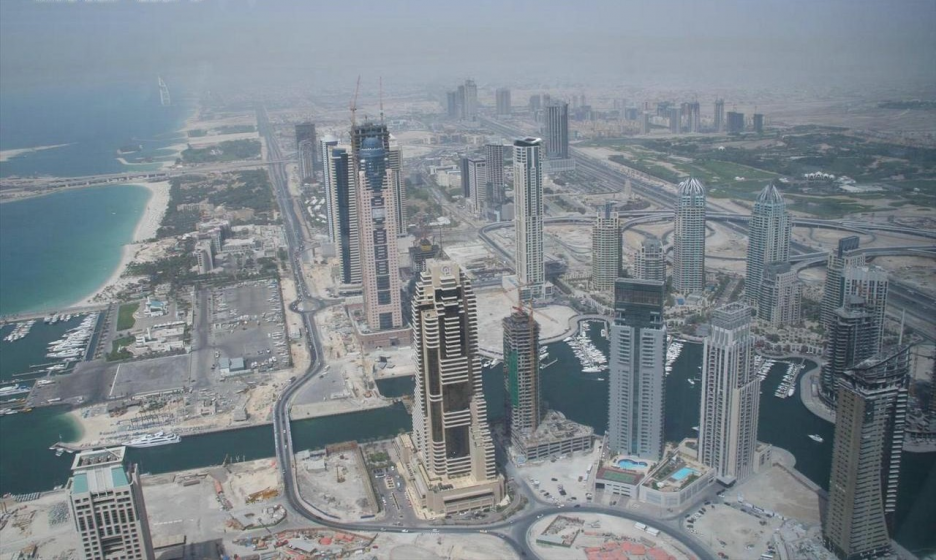
Unfortunately, the mass production efficiencies of these developments also make them extremely vulnerable to disturbances, as we are seeing happen to the retail zones.
Some people perceived this threat long before the fires began. New Urbanism arose from this question: what would be better than a subdivision or a mall? New Urbanists carefully observed how traditional towns of America functioned and concluded that the improvement on a subdivision should be a more complex subdivision/mall hybrid, based on traditional building codes instead of modern zoning.
Hybridizing the subdivision into a mixed-used development meant an increased financial and legal burden for the developer, required a much longer commitment and exposure to economic cycles, and saw limited adoption. It also changed nothing about the fundamental relationship between developer and community—the developer financed the initial infrastructure to meet local codes and then transferred maintenance liabilities, and the effective lifecycle of the development, onto local taxpayers.
To its credit, the New Urbanism’s ideal was modeled as a “transect”, a concept borrowed from ecology. It models transitions from one community to another as a sequence of distinct geographical “zones”.

What is missing from the new urbanist transect is its “geological” dimension—how does one layer arise out of the previous one? We move across zones in space, but never in time. Without removing the structure of the previous zone and starting over, we cannot “upgrade” a zone. We must assume that a zone comes into existence fully-realized and functional.
Suburban development (T3 zones) proceeds as such—level the rural structure, subdivide it and sell it back as lots for houses, offices, malls or warehouses, in a process made maximally efficient using economies of scale and linear repetition.
The New Urbanists thought the same could be done for the urban zones, but the financial risks are an order of magnitude higher. This means besides some limited success making planned towns (“T4 General Urban Zone”) with committed landlords, New Urbanism has failed at its stated objective of ending suburban sprawl. Linear urbanization spreads much faster.
That we can show T5 and T6 zones exist geographically, from a historic trajectory that was pre-capitalist and could not take on large-scale risks, means they had to appear through a successional process. What needs to be added to the transect is the vertical axis of time.
A trip back in time
If we were to roll back the clock and model, for instance, lower Manhattan “devolving” back to its suburban and rural origins, we would see that the T5 and T6 patterns are rooted in a suburban pattern of garden houses and townhouses that has nothing in common with today’s suburb.
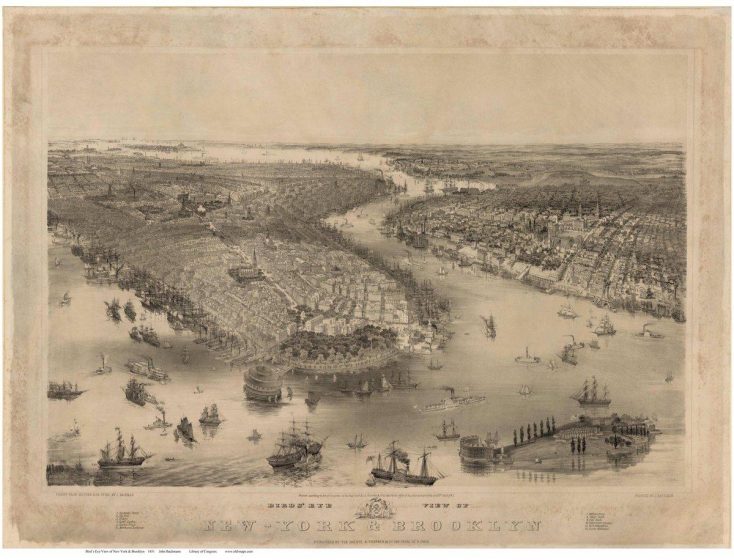
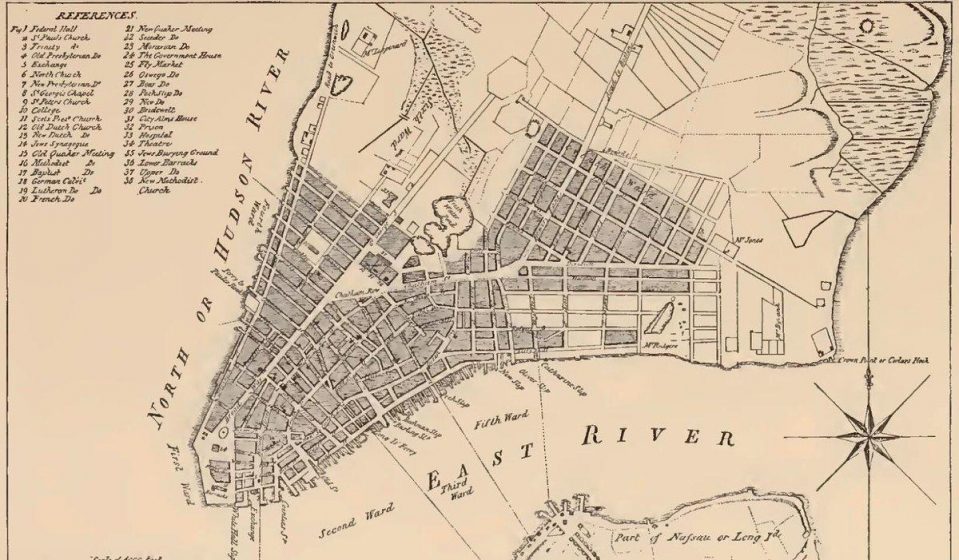
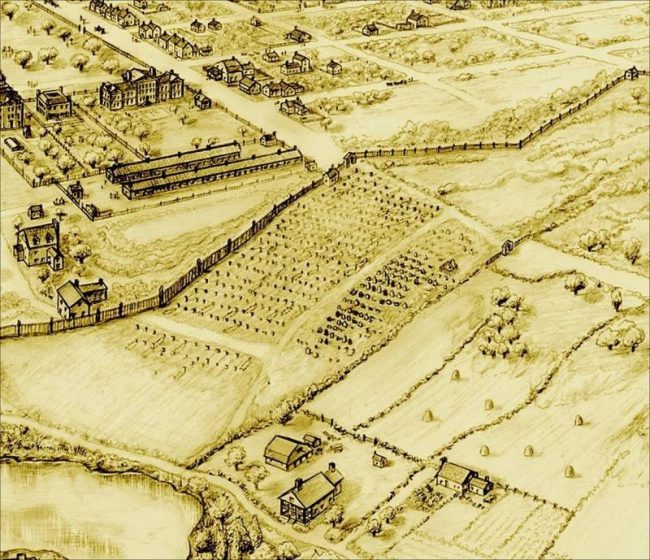
What this implies is that, much like today’s existing T6 zone has a past that is nothing like today’s T3 zone, today’s T3 zone has a future that is nothing like today’s T6 zone. This future needs to be invented to scale to the existing morphology of subdivisions, shopping centres, and business parks, before they experience their own version of a forest fire.
The successional infrastructure of nature
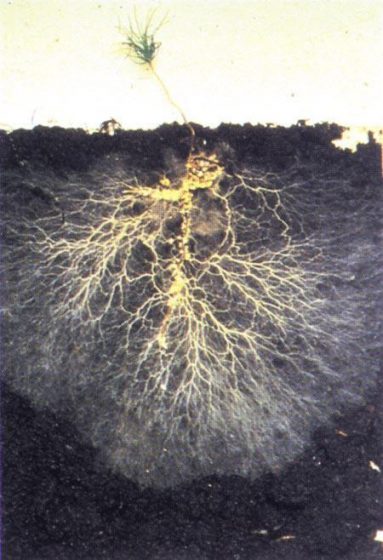
What triggers succession in natural systems? For a long time succession was seen as phenomenological, we witnessed it happening but didn’t understand how or why. There is recently emerging a theory around fungal networks that promises to integrate ecology and network science to explain the phenomenon.
Forest topsoils have been shown to consist of extensive networks of “mycorrhizal” fungi that colonize roots and communicate nutrients and threats from tree to tree, mushrooms being the “fruits” of these underground systems. A single individual fungi can span many square kilometres.
Compost scientists such as Dr Elaine Ingham are teaching that the successional habitat of plants is related to their mycorrhizal relationships. Weeds bloom in the absence of fungi, when bacteria outweigh fungi 10:1. Trees prosper when fungi outweighs bacteria 5:1, up to 1000:1, where this balance of nutrients in the soil stresses plant species that arrive earlier in ecological succession.
The ecological role of weeds is to grow roots that provide an anchor for fungal networks to bootstrap, while increasingly interdependent plant species colonize those networks and grow the land into an underground of increasingly dense and complex communication networks, which then makes weed growth more difficult and longer-lifecycle plant growth more successful.
This fact eluded us until now because human civilization evolved in a context where we needed to go backwards in plant lifecycles, by clearing forests to plant orchards, row crops and vegetables. Fire was the first technology employed at large scale to achieve this, tillage the second. Both technologies sever fungal threads in the topsoil and allow bacteria to proliferate, which makes agriculture of edible plants possible.
Tragically, our abuse of these two technologies have produced extreme disturbance leading to soil desertification, caused by an endless war on weeds and pests using an increasingly burdenful mix of petrochemicals and unsustainable land management practices, and ultimately becoming a major factor in global climate change. The theory of soil ecology is the reaction that this crisis demanded, and it can be applied beyond soils and plants to the human urban ecology.
What comes first, fungus or plant?
Humanity’s ecological history begins in old-growth forests and ends with the threat of desertification because of our need to disturb ecologies, but its urban history celebrates the achievement of its most dense and complex systems.
The urban equivalent of an old-growth conifer forest is the skyscraper district. The extreme concentration of daytime residents needed for them to emerge requires multiple overlapping mass transit lines. Manhattan famously has two such districts of overlap, downtown and midtown. Which came first, transit density or building density? There is no agreement, which suggests a successional relationship.
The Japanese model of railway operation, where railway companies operate commercial real estate around stations and thereby extract the most valuable rents created by their networks, approximates the behavior of a mycorrhizal network even more closely. The network both conducts energy from distant parts and creates energy at its connections. It is both self-sustaining and interdependent.
These examples highlight the chicken-or-egg-first problem of building transit for districts or districts for transit, which is at the core of urban sustainability objectives. We need energy-efficient transit, but we’re stuck with urban growth that can’t sustain it.
Nature solves the problem thusly: short lifecycle plants are less dependent on networks than long lifecycle plants. Long lifecycle plants feed network growth more, until the climax ecology is achieved.
When that symbiosis failed to take hold or was harmed by politics, some American cities, confronted with the extreme disturbance of their neighborhoods by decades of policies expecting immutability, suffered a never-before-seen phenomenon of urban desertification. The solution they are now embracing is “weedy” urbanisation, figuring that even temporary container shops with portable toilets are preferable to a cratered block. They bring life and support for neighboring growth.
Lifecycles replace transects
Modern urban planning has no concept of lifecycle, it assumes all change to be permanent. As we see with the New Urbanist transect, even the best-intentioned urban planning also struggles with the confusion of time processes with spatial processes. New Urbanism sought to imitate the outcome of traditional cities while shortcutting the process they were built from, as if trying to plant a forest in a desert. This paradoxically succeeded best in a context that had no traditional precedent: resort towns.
What does planning that integrates lifecycle look like? It begins from the assumption that everything must eventually be replaced, either to:
- an equivalent lifecycle from the natural end of its purpose or material structure, or to
- a lower lifecycle from economic disturbance due to recession, bad policies or war damage, or to
- a higher lifecycle from economic pressure created by the neighboring ecology and increasing network density.
Successional planning is non-linear because it does not assume order in the rate of replacement. We do not know precisely when each part must be replaced, but we know the half-life of groups of parts. The most accurate plan thus plans for a random half of the system to be replaced.
Randomness is part of the plan. To not do this is to invite randomness as a pretext to prevent change. When faced with an inevitable maintenance crisis, an easy argument is to claim we must rebuild this block, street or bridge exactly as before because it has become too urgent. If a plan already exists to upgrade it when its lifecycle ends, it becomes a maintenance opportunity instead.
Planning for a half-life has interesting implications. For central business districts, it means facing the fact that large-scale, noisy reconstruction of towers becomes a permanent feature, to be mitigated for life to function normally on a day-to-day basis. At the other end of the scale, it means approaching new neighborhoods with the assumption that some lots may never be built on, or some blocks never filled in, if demand or financing evaporates. New neighborhoods can be planned with the option for half of their space to remain unbuilt, making their contribution to the city as green space. This cannot be financed under conventional planning systems, because a development’s construction is intended to be paid for with land sales, and its maintenance with land taxes.
Finally, lifecycle means the rate of growth of the city expresses itself through planned or unplanned changes. What if the end of a house’s lifespan means city-sponsored demolition, as happens in the “rust belt”, following a severe socio-economic disturbance? Or growth pressure is pulling it up a level or two of transect due to booming capital flows, as California is seeing? Coming full circle, it means cities need a plan for each neighborhood to go up, down, or the same in their transect zone, instead of the assumption that the transect zone itself is the plan and must be encoded and enforced.
Neighborhoods are destined to change
Behind the two fracture points of modern planning, NIMBYs and gentrification, is one fundamental question: should neighborhoods change? NIMBYs and anti-gentrification activists agree that they should not. The modern planning system was invented to enforce that agreement.
Introducing change into such a system is to work against its nature. Whether the rules are coming from the national government, the municipal bylaws or property owners’ associations does not matter. What matters is the intent of the rule, to keep things ordered as they are. This is where “accessory dwelling units” get their significance.
We have witnessed a massive conflict emerge over the euphemistic accessory dwelling unit (studio apartment). In jurisdiction after jurisdiction, the pressure of real-estate demand is splitting the constituents: is this what we want in our backyard to keep rents from rising?
If you wonder whether a struggle to add a few permissions allowing property owners to build studio rentals on their properties is worth the pain, realize what this change implies; it shifts the fundamental question of planning from should our neighborhood changeto how should our neighborhood change.
This is not a simple addition of studio rentals but a generational shift in neighborhood planning. When the next generation finds itself occupying a neighborhood filled with studio apartments, there won’t be a need to shift question again, only to provide new answers. Since accessory dwelling units have some of the shortest lifecycles of any dwelling, this change will bear its fruits soon enough to lead to more extensive succession.
Mathiew Hélie
Montreal


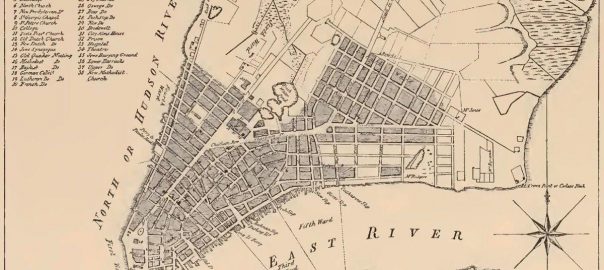

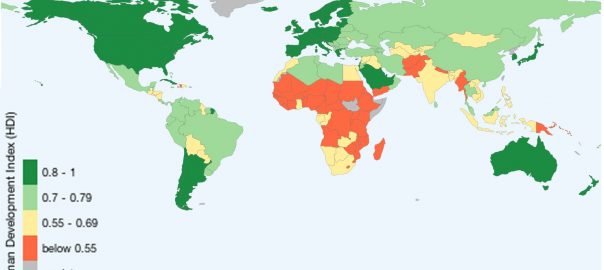

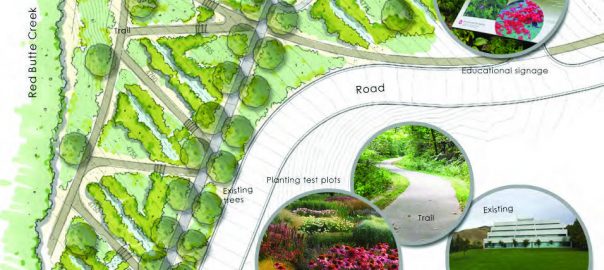
Leave a Reply